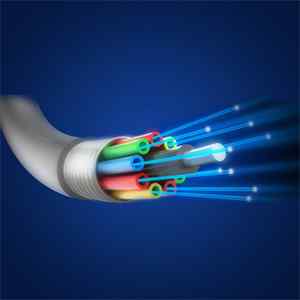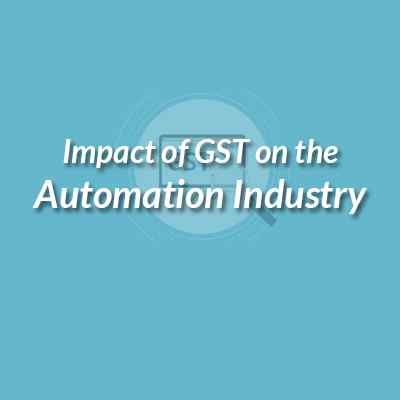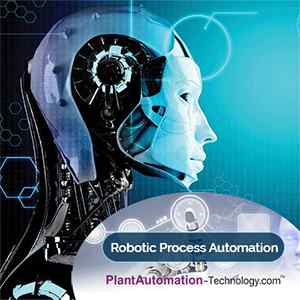Unleashing Zero-Defect Manufacturing through Hyperautomation

Introduction
In the world of manufacturing, achieving zero defects is a paramount goal. It not only ensures customer satisfaction but also drives operational efficiency and reduces costs. Traditional manufacturing processes often face challenges in maintaining consistent quality, leading to defects and subsequent rework or product failures. However, with the advent of hyperautomation, a new era of zero-defect manufacturing is being unleashed. By integrating advanced automation technologies, data analytics, and machine learning, hyperautomation empowers manufacturers to achieve unparalleled levels of precision, accuracy, and quality assurance throughout the production process.
Role of hyperautomation in achieving zero defects in manufacturing processes
Hyperautomation: The Catalyst for Zero-Defect Manufacturing
Hyperautomation represents a new era of manufacturing automation. It goes beyond traditional automation by integrating technologies such as artificial intelligence (AI), machine learning, robotics, and process automation. By leveraging these capabilities, hyperautomation enables manufacturers to optimize their operations, reduce human errors, and drive towards zero defects. It automates repetitive tasks, analyzes vast amounts of data, and enables real-time decision-making, ensuring consistent quality throughout the manufacturing process.
Real-Time Quality Control and Defect Detection
Hyperautomation enables real-time quality control by integrating advanced inspection technologies and automated monitoring systems. Computer vision, machine vision, and sensor-based technologies can be employed to detect defects, anomalies, and variations with precision. By leveraging these technologies, manufacturers can identify quality issues at the earliest stages of production, ensuring that only products meeting stringent quality standards proceed further in the manufacturing process.
The Role of Quality Assurance in Zero-Defect Manufacturing
Quality assurance plays a pivotal role in achieving zero defects. Hyperautomation enables manufacturers to implement robust quality control mechanisms at various stages of production. Automation technologies such as computer vision systems, sensors, and AI-powered algorithms can detect defects, anomalies, and variations in real time. By integrating these technologies, manufacturers can proactively identify and rectify issues, ensuring that only products meeting stringent quality standards reach customers.
Leveraging Data Analytics for Continuous Improvement
Data analytics is a powerful tool in the journey toward zero-defect manufacturing. Hyperautomation generates vast amounts of data from manufacturing processes. By applying advanced analytics and machine learning algorithms to this data, manufacturers can gain valuable insights into the root causes of defects, process inefficiencies, and quality variations. These insights enable manufacturers to make data-driven decisions, optimize production parameters, and continuously improve their processes to eliminate defects.
Error Prevention through Process Automation
Process automation is a key component of zero-defect manufacturing. By automating critical manufacturing processes, manufacturers can significantly reduce the risk of human errors and process variations that can lead to defects. Hyperautomation enables the implementation of technologies such as robotic process automation (RPA) and autonomous systems. These technologies can perform complex tasks with precision, consistency, and reliability, minimizing the occurrence of defects and ensuring flawless production.
Enhancing Production Efficiency and Speed
Hyperautomation not only eliminates defects but also enhances production efficiency and speed. By automating workflows, manufacturers can streamline their operations, optimize resource utilization, and reduce cycle times. Manual interventions that are prone to errors or inconsistencies are minimized, resulting in faster and more efficient production processes. This increased efficiency not only reduces the likelihood of defects but also improves overall productivity.
Achieving Supply Chain Integration and Collaboration
Zero-defect manufacturing requires seamless integration and collaboration across the entire supply chain. Hyperautomation enables real-time data exchange, communication, and coordination between different stakeholders, including suppliers, manufacturers, and logistics partners. This integration enables end-to-end visibility, traceability, and coordination, reducing the chances of defects caused by miscommunication or subpar inputs. By aligning all stakeholders towards the goal of zero defects, manufacturers can ensure consistency and quality throughout the supply chain.
Ensuring Workforce Empowerment and Skill Development
Hyperautomation empowers the manufacturing workforce by automating repetitive tasks and allowing employees to focus on higher-value activities that require critical thinking and problem-solving skills. By taking over mundane and repetitive tasks, employees can be upskilled to handle more complex responsibilities. This empowerment not only enhances job satisfaction but also fosters a culture of continuous improvement and innovation, further driving the pursuit of zero defects.
Achieving Seamless Integration and Collaboration
Zero-defect manufacturing relies on seamless integration and collaboration across the entire value chain. Hyperautomation facilitates real-time data exchange and communication between various stakeholders, including suppliers, manufacturers, and customers. By integrating manufacturing systems, supply chain management tools, and quality control systems, manufacturers can ensure that the right specifications, materials, and processes are in place to prevent defects throughout the production cycle.
Overcoming Implementation Challenges and Ensuring Success
While hyperautomation offers immense potential for zero-defect manufacturing, its successful implementation requires careful planning and overcoming challenges. Manufacturers need to assess their existing processes, identify suitable areas for automation, and ensure seamless integration with legacy systems. Adequate training and change management initiatives are essential to facilitate a smooth transition and ensure employee acceptance of automated systems. By addressing these challenges, manufacturers can position themselves for success in their zero-defect manufacturing journey.
Real-World Examples of Zero-Defect Manufacturing with Hyperautomation
Several industries have embraced hyperautomation to achieve zero-defect manufacturing. Automotive companies use automated visual inspection systems to detect defects in car parts, ensuring high-quality production. Electronics manufacturers employ automated testing and calibration processes to minimize product failures. Pharmaceutical manufacturers leverage hyperautomation to ensure precise dosages and eliminate errors in medication production.
The Roadmap to Zero-Defect Manufacturing
Implementing hyperautomation for zero-defect manufacturing requires a strategic roadmap. Manufacturers must assess their existing processes, identify automation opportunities, and prioritize areas where defects commonly occur. This involves the integration of automation technologies, data analytics platforms, and quality management systems. Additionally, robust change management practices, employee training, and performance metrics are essential to ensure a successful transition to zero-defect manufacturing.
The Future of Zero-Defect Manufacturing
As technology continues to evolve, the future of zero-defect manufacturing holds even greater potential. Advancements in AI, machine learning, and robotics will further enhance automation capabilities, enabling manufacturers to achieve unprecedented levels of precision and quality assurance. Continuous improvement through data analytics and predictive maintenance will become the norm, minimizing defects and maximizing production efficiency.
Conclusion
Hyperautomation has revolutionized the manufacturing industry by unleashing the potential for zero-defect manufacturing. By leveraging advanced automation technologies, data analytics, and machine learning, manufacturers can eliminate defects, enhance production efficiency, and improve customer satisfaction. Hyperautomation enables real-time quality control, error prevention, and process optimization, paving the way for flawless production. As manufacturers embrace hyperautomation and its capabilities, the vision of zero-defect manufacturing becomes a tangible reality, setting new industry benchmarks and driving competitiveness in the global marketplace.







